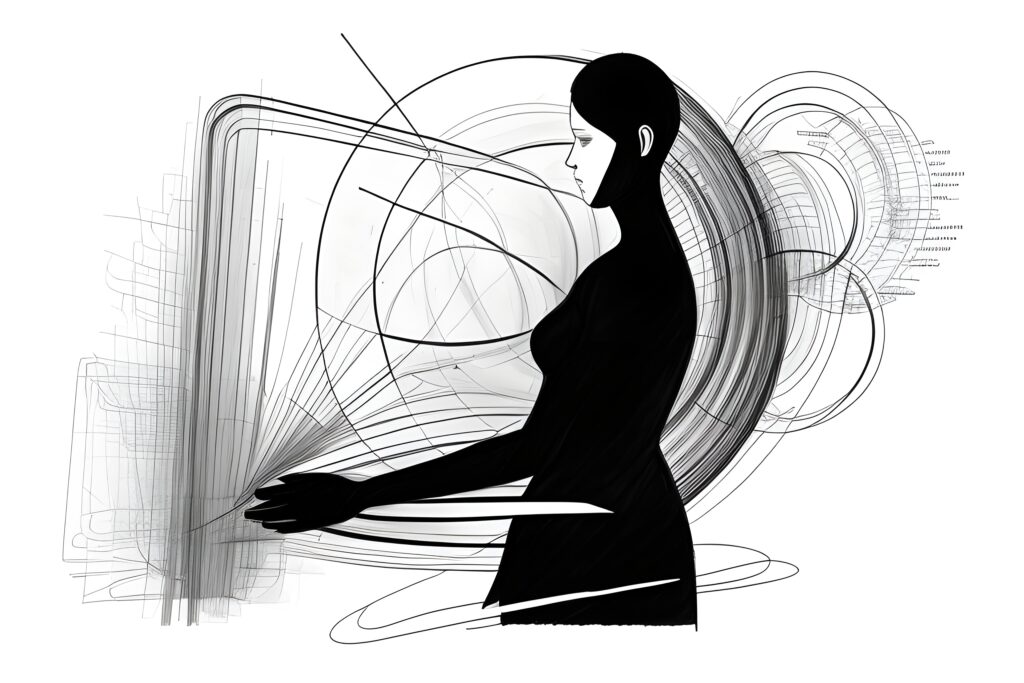An analysis of Milton C. Nahm’s Readings in philosophy of art & aesthetics on same topic
A Critical Literature Review on Kantian Aesthetics and Theories of Artistic Genius
Introduction
The discussion of fine art in philosophical discourse has evolved significantly, particularly through the contributions of Immanuel Kant and later aesthetic theorists. Kant’s systematic approach to aesthetics, as outlined in his Critique of Judgment, established foundational distinctions between aesthetic judgment, artistic genius, and the sublime. The introduction under review provides an extensive survey of Kant’s influence on aesthetics and the broader philosophical traditions that shaped and responded to his ideas. However, a critical examination of these interpretations reveals some conceptual ambiguities and areas requiring further clarification. This review will summarize the key themes presented while addressing inaccuracies and suggesting refinements to the theoretical claims.

Kant and the Systematization of Aesthetics
The text effectively highlights Kant’s role in consolidating previous aesthetic theories into a unified discipline. He incorporated insights from thinkers such as David Hume, Lord Shaftesbury, and Alexander Baumgarten, transforming aesthetics from a loosely connected field into a rigorous philosophical inquiry. The review correctly asserts that Kant distinguished aesthetic judgments from moral and cognitive judgments, arguing that aesthetic judgment is subjective yet universal, independent of practical utility or conceptual reasoning.
However, the claim that Kant treated aesthetic judgments as entirely a priori is somewhat misleading. While Kant does argue that aesthetic judgments are grounded in pure reflective judgment, they do not function as a priori truths in the same way as mathematical or logical propositions. Instead, they arise from a disinterested pleasure that is subjectively universal, meaning that it does not rely on conceptual knowledge but still aspires to universal validity.
The Sublime: Beyond External Objects?
The text suggests that sublimity, in Kantian terms, is a state of mind free from all external objects. This interpretation overlooks Kant’s dual classification of the sublime:
- Mathematical Sublime – The overwhelming vastness of objects (e.g., the universe) that exceeds human sensory comprehension but is grasped through reason.
- Dynamical Sublime – The experience of overwhelming natural forces (e.g., storms, mountains) that make humans aware of their limitations while reinforcing their rational capacity.
Thus, the sublime is not independent of external objects but emerges from the mind’s interaction with grand or overwhelming experiences. A refined analysis would emphasize that sublimity arises precisely in response to external reality, which the mind must reconcile with its rational faculties.
Artistic Genius: Kant’s Restriction to the Fine Arts
A significant portion of the text is devoted to Kant’s concept of artistic genius. It correctly notes that Kant restricts genius to the fine arts, excluding scientific figures like Newton. However, the reasoning behind this exclusion is somewhat misrepresented. Kant does not deny Newton’s brilliance; rather, he argues that scientific genius follows methodological rules, whereas artistic genius creates without predetermined rules. This distinction underscores Kant’s view that art involves an originative faculty of imagination, producing something inimitable, whereas scientific discoveries remain reproducible through reasoned processes.
Furthermore, later thinkers, such as Hegel and Schopenhauer, built upon or contested this view. Hegel saw artistic genius as a rational process manifesting the Spirit in symbolic, classical, and romantic forms. Schopenhauer, on the other hand, emphasized that artistic genius is defined by heightened sensitivity, freeing individuals from the dominance of the Will. Nietzsche, influenced by both, argued for a balance between Apollonian order and Dionysian chaos, rather than an outright preference for irrationality. The text’s portrayal of Nietzsche as favoring unrestrained creativity is thus incomplete, as he saw artistic greatness emerging from a synthesis of structure and raw energy.
Theological and Metaphysical Aspects of Genius
One of the more provocative claims in the text is the analogy between artistic genius and divine creation. Romantic thinkers often portrayed the artist as a visionary figure, capable of producing original works ex nihilo, akin to divine creation. This theological parallel, however, is absent in Kant’s framework, which maintains that genius, while inspired, still operates within the realm of human faculties. Croce later advanced the idea that art is pure expression, unbound by external constraints, but even he implicitly retained notions of genius and inspiration that harkened back to earlier speculative metaphysics.
Conclusion
The introduction under review offers a thorough historical overview of aesthetic thought, with Kant’s Critique of Judgment at its center. However, certain interpretations—particularly regarding Kant’s stance on a priori aesthetic judgment, sublimity, and artistic genius—require refinement. A more precise understanding of Kant’s theories, along with their reception by later philosophers, clarifies the nuanced relationship between freedom, creativity, and rationality in the realm of aesthetics. By addressing these complexities, we gain a deeper appreciation of how aesthetic philosophy continues to shape modern discussions on art and beauty.